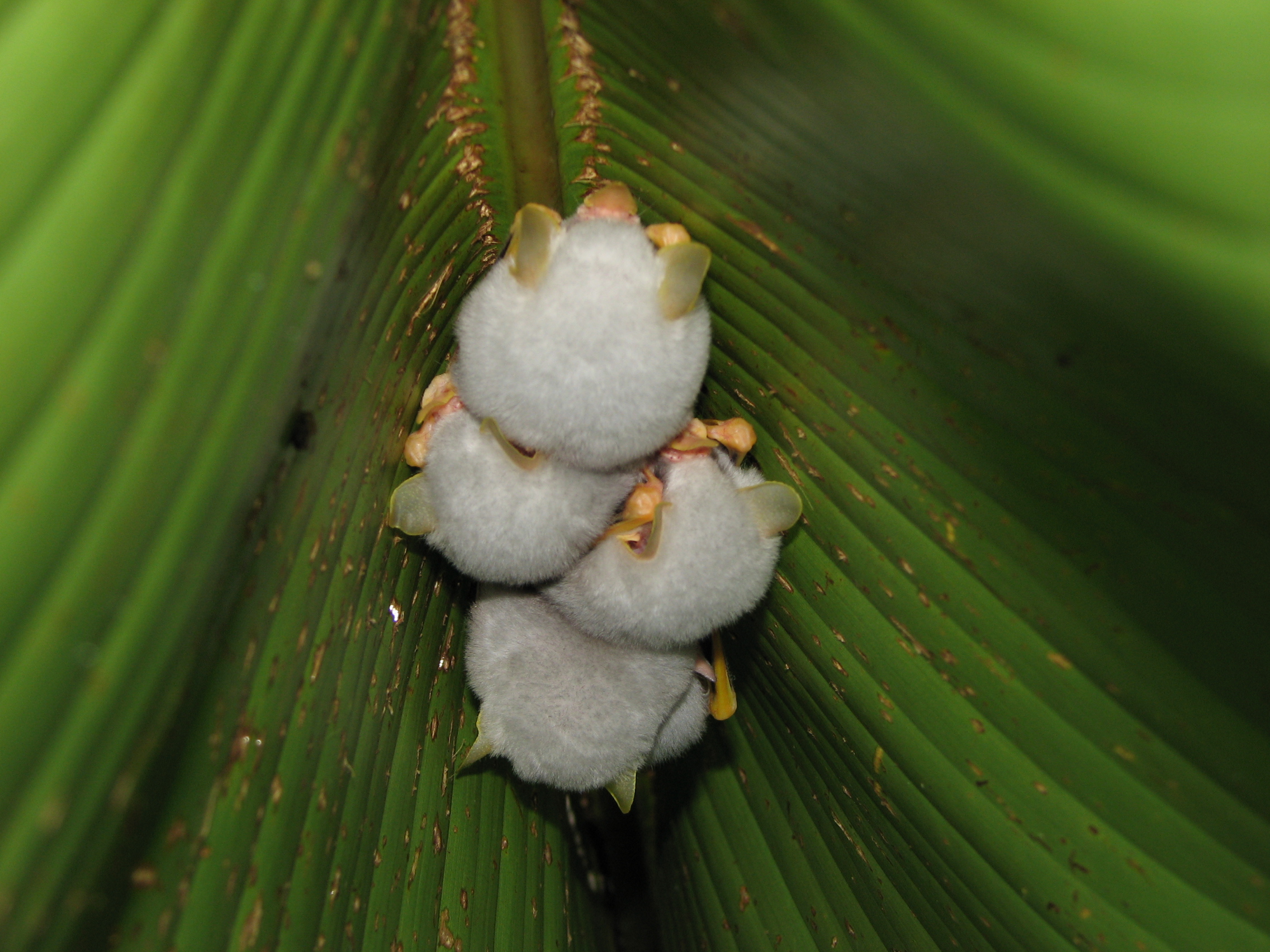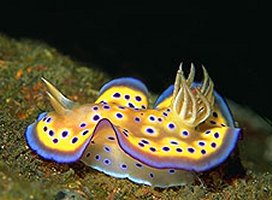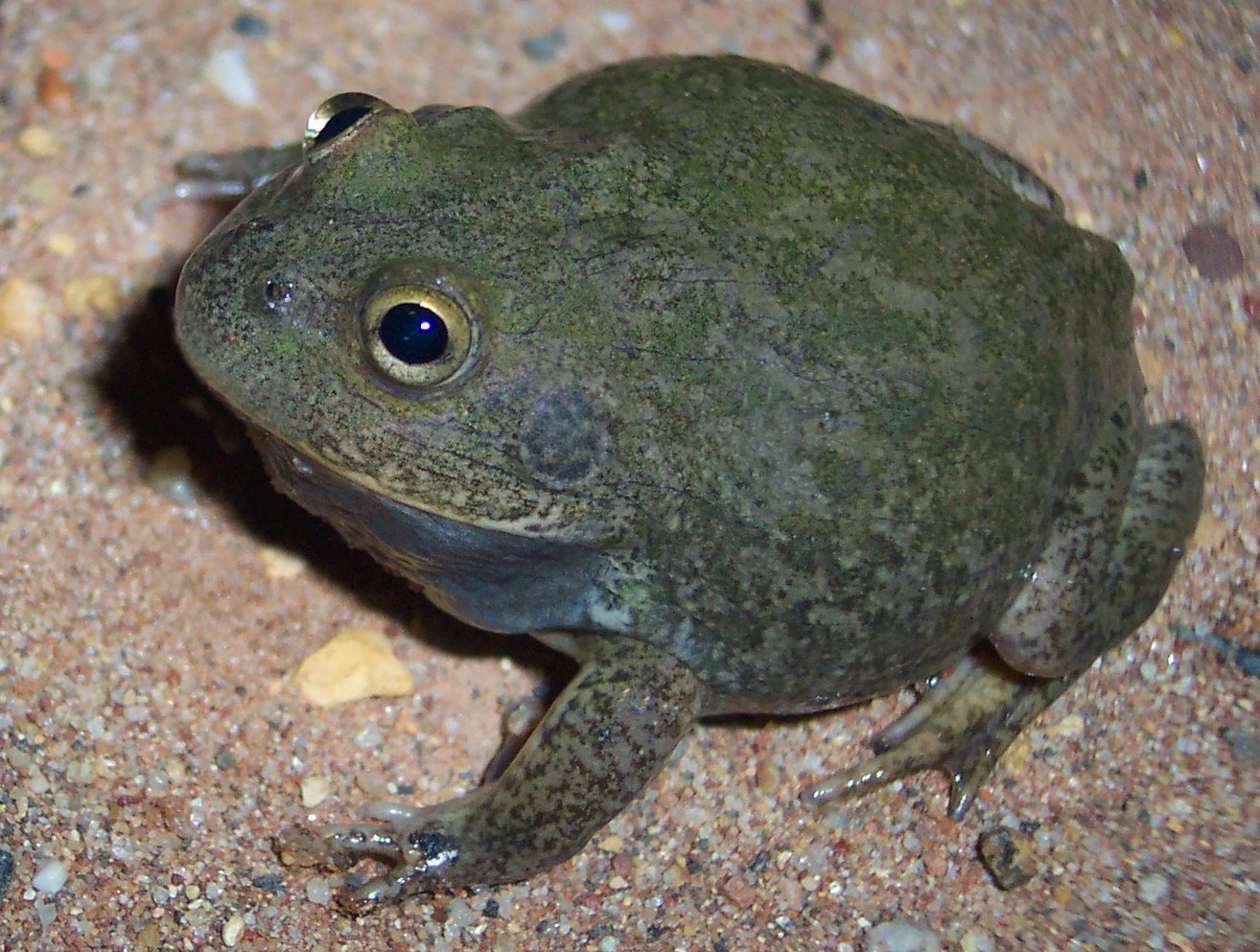OK, multiple choice: which of the following are actual names of now-extinct species that once existed in Australia? (No Googling!)
a)
Thingodonta, a particular order of marsupials
b)
Fangaroo, an ancestor of the kangaroo which had fangs
c) The "Demon Duck of Doom", the nickname given to a fearsome-looking duck
d) None of the above - don't be stupid, this ain't science!
Is it a trap? Is the correct answer 'd'?
Nope. The answer is that a, b and c are all names of things that actually existed once upon a time. Their fossils were found in a now-famous deposit site called Riversleigh, in northern Queensland.
Riversleigh has yielded spectacularly-preserved fossils of creatures so bizarre that scientists have resorted to appropriately bizarre names for them. '
Thingodonta' is the colloquial name for an extinct order of marupials, one of which had teeth unlike that of any other animal. 'Fangaroo' was an ancient kangaroo with fangs. The
'Demon Duck of Doom' is the nickname given to
Bullockornis, a massive (2.5m!) carnivorous flightless bird with a skull larger than that of a small horse!
There was also a gigantic platypus with teeth (
Obdurodon dicksoni), a crocodile that climbed trees (
Trilophosuchus), and a bird that was a cross between an emu and a cassowary, so they called it an 'emuary'. Genius.
There are so many incredible and bizarre creatures, I don't really have space to list them all here. However I've found some great links you can visit if you're interested, which are listed below. Plus, the Australian Museum in Sydney currently has
an exhibition on about extinct animals from Australia's past, and there's
a book that deals directly with the finds from the Riversleigh area.
Links:
Riversleigh fossils info - Australian MuseumABC Science - Amazing BeastsAmazing Australia: Riversleigh/Naracoorte fossil sites








